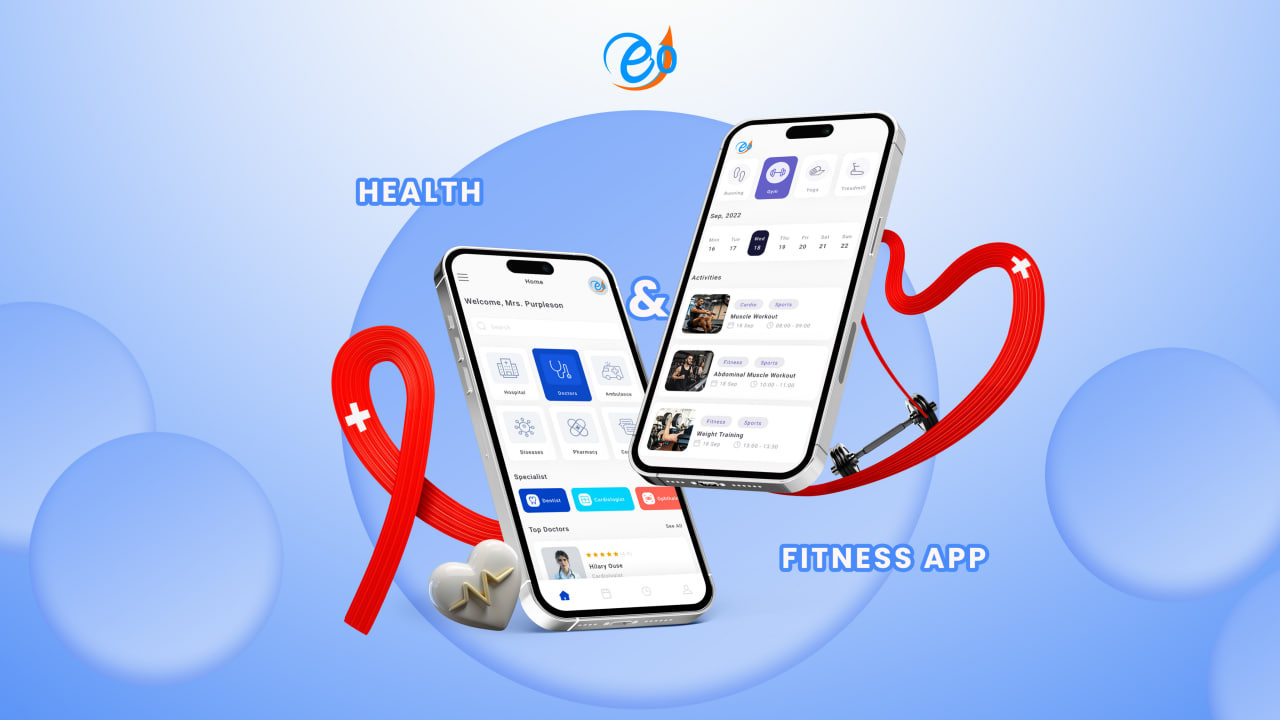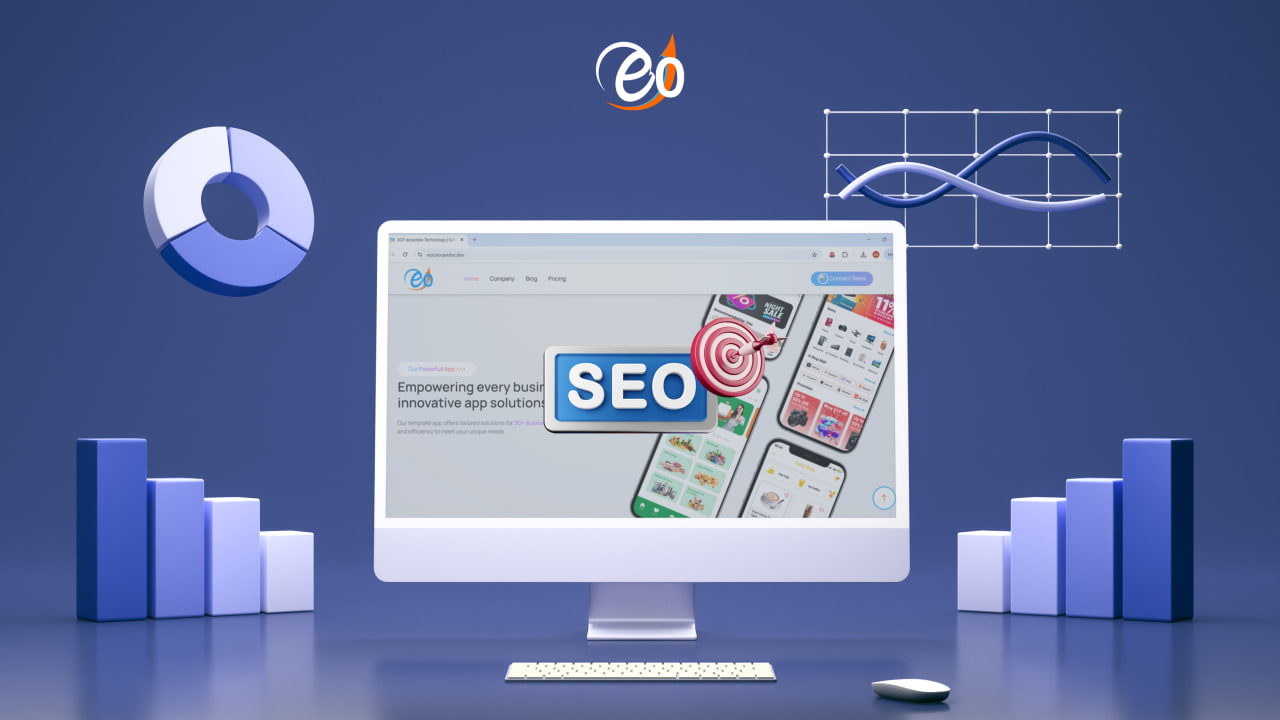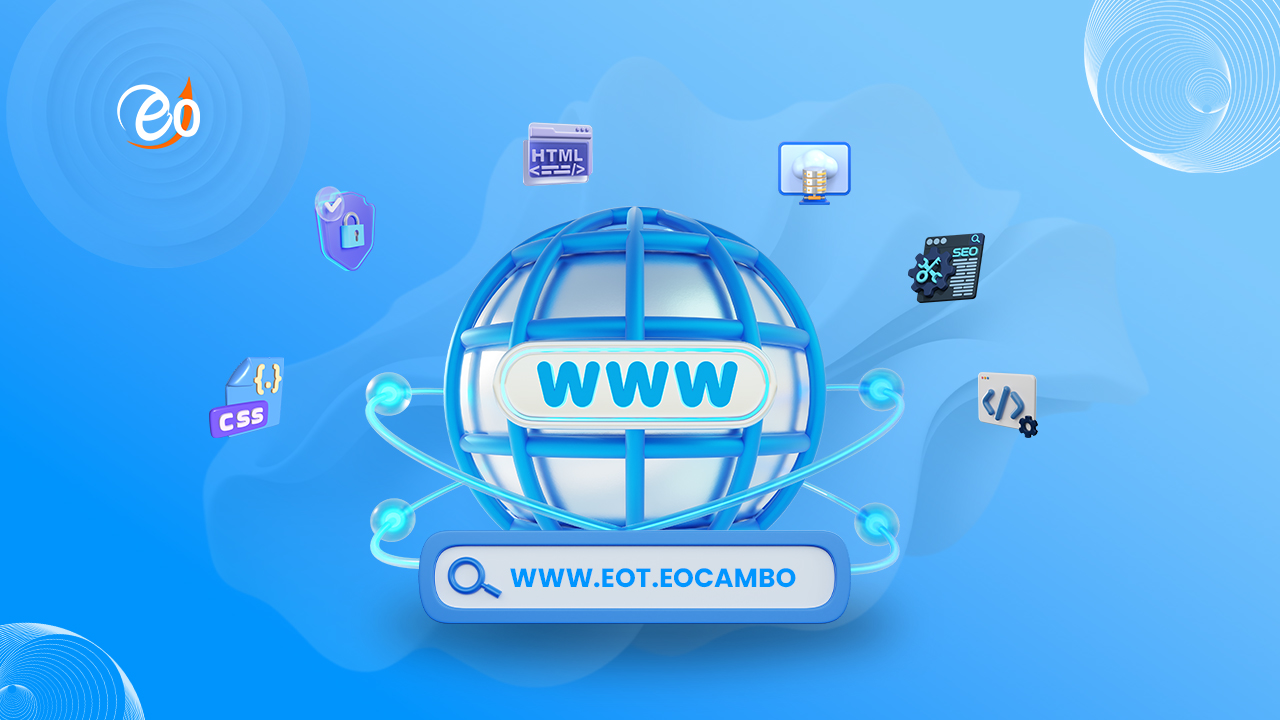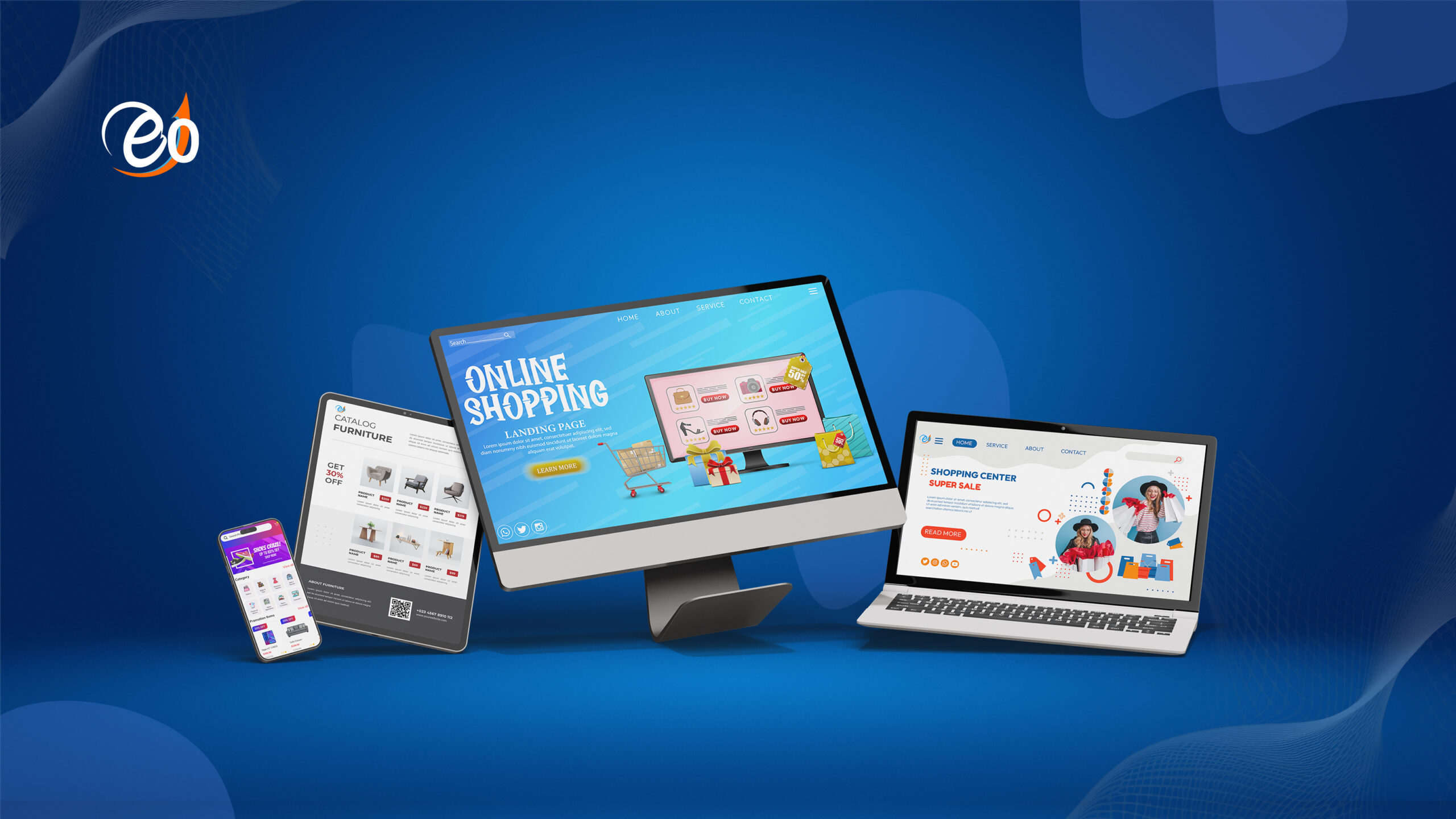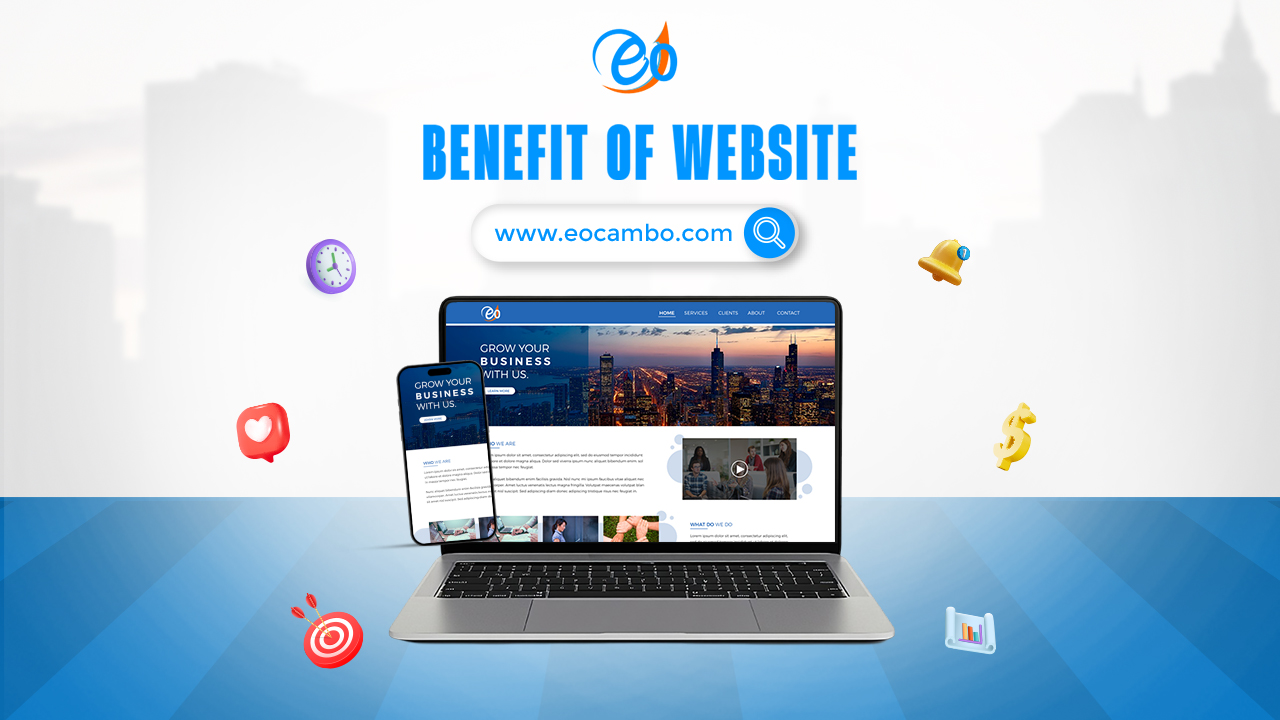The health and fitness industry are evolving rapidly, and mobile apps are at the forefront of this transformation. With technology advancing and user demands shifting, fitness apps are integrating more innovative features to enhance user experience and overall wellness. Here are the top trends shaping health and fitness apps in 2025:
1. AI-Powered Personalization
Artificial intelligence is revolutionizing fitness apps by offering personalized workout plans, meal recommendations, and habit tracking. AI-driven insights help users optimize their fitness journeys based on their progress, preferences, and goals. Machine learning algorithms can now analyze workout patterns and suggest adjustments for better results.
2. Wearable Tech Integration
Smartwatches, fitness bands, and even smart clothing are becoming essential tools for tracking health metrics like heart rate, oxygen levels, sleep quality, and activity levels. Apps now seamlessly integrate with these devices, providing real-time data and insights to help users make informed fitness decisions.
3. Virtual & Augmented Reality Workouts
VR and AR technologies are transforming home workouts by creating immersive fitness experiences. Users can train in virtual environments, follow real-time personal trainers, or participate in gamified workout challenges that make exercising more fun and engaging. Augmented reality also enhances yoga and bodyweight exercises by providing posture correction and technique guidance.
4. Gamification & Social Challenges
Fitness is becoming more interactive and competitive with gamification. Leaderboards, achievement badges, and real-time challenges encourage users to stay motivated. Social media integrations allow users to share their progress, compete with friends, and join virtual workout communities. Some apps even offer rewards and incentives for reaching fitness milestones.
5. Holistic Health Tracking
Modern fitness apps are not just about workouts anymore. They now include features to track mental health, sleep patterns, hydration levels, and mindfulness practices. Meditation guides, stress-relief exercises, and mood tracking are being integrated to promote overall well-being alongside physical fitness.
6. On-Demand & Hybrid Workouts
The fitness industry is embracing flexibility with on-demand workouts, live-streamed classes, and hybrid fitness programs. Users can access pre-recorded sessions from top trainers, join live group workouts, or even integrate their online training with in-person gym memberships. This approach provides users with more convenience and customization in their fitness routines.
7. Voice & Chatbot Assistance
AI-driven voice assistants and chatbots are enhancing user experience by guiding workouts, offering real-time feedback, and answering fitness-related queries. Users can now ask their virtual coach for workout modifications, nutrition advice, or even motivational boosts during a session.
8. Nutrition & Diet Optimization
Many fitness apps are incorporating AI-driven meal planners, grocery shopping integrations, and dietary tracking to support healthier eating habits. These features help users make smarter food choices, track calorie intake, and even receive personalized recipes based on their fitness goals.
9. Smart Recovery & Injury Prevention
Recovery is a crucial part of fitness, and apps are integrating advanced tracking for muscle recovery, stretching routines, and injury prevention techniques. AI-powered recommendations help users balance workout intensity with proper recovery, reducing the risk of overtraining and injuries.
10. Subscription-Based & Freemium Models
More apps are adopting hybrid monetization strategies, offering basic features for free while charging for premium content like personalized coaching, exclusive workout programs, and advanced analytics. This model allows users to experience the app’s benefits before committing to a paid plan.
With these exciting trends, fitness apps are becoming more intelligent, engaging, and accessible than ever before. Whether you’re a beginner or an experienced athlete, technology is making it easier to achieve your health and wellness goals.
Which trend excites you the most? Let us know! 💪📱

